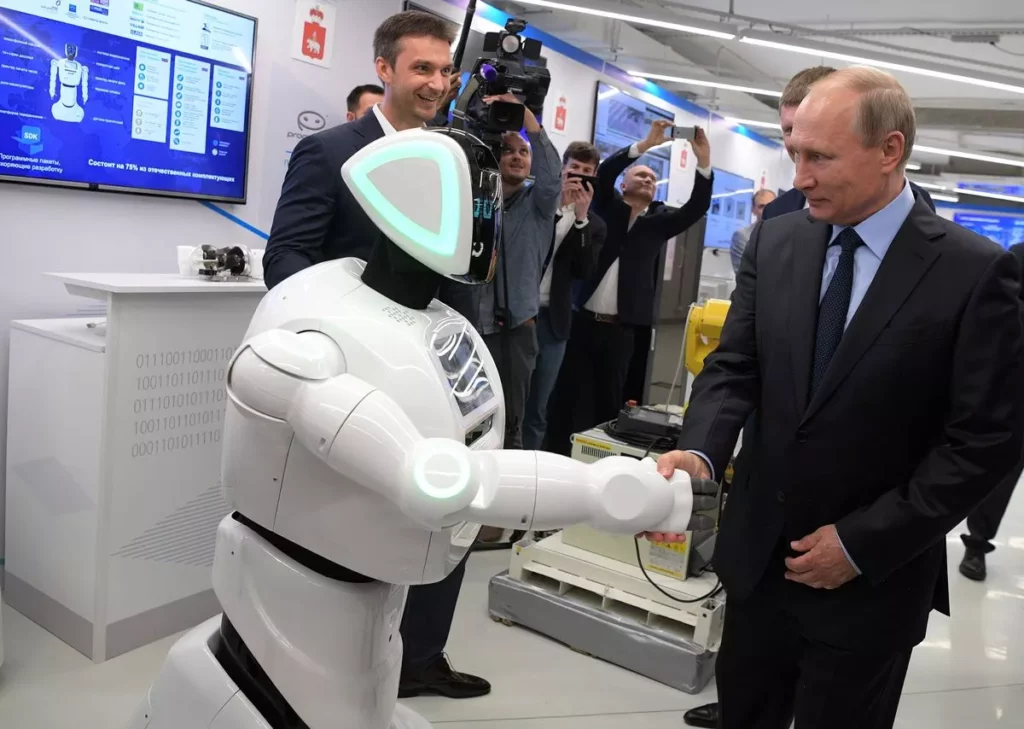So many things happening in this ExTwitter post, let’s unpack.
It’s quite interesting for a robotics company to put up a social media message of its own product failures, especially when that failure happens in a product demo setting at a trade fair. Knowing the price per square footage of these trade shows, a setup with a conveyor belt and box shelf is no small marketing budget. Failures in the lab are ok, and there’s a history of robodog video bloopers, but failures when you’re trying to convince a large crowd to buy your tech, maybe much less so.
So, marketing probably thought, Well, that’s a million dollar fuckup, so let’s change strategy and use this to our advantage. We’ll make it a viral social media event. And while we are at it, let’s make our own metrics: “99% success rate over 20 hours“.
That robot was not going to get back to work without serious repairs, so forget having it moving boxes for the rest of the day. Since we’re talking about human-looking robots replacing humans doing machine jobs, might as well expect robothings to do the work 24/7, as metric of success, not 20/6 or 20/4, in that particular context. So let’s rewrite that as “82.5% success rate over 24 hours” if robothing gets repaired in a few hours. “20.7% success rate over 4 days”, if you forgot to bring a set of “quick change limbs” to the show.
Lastly, I can’t stop looking at the crowd standing on the other side of the conveyor belt, witnessing the scene. The lack of response or interest in what just unfolded is palpable. No one seems surprised, amused or alarmed. Even what looks like members of the sales team from [Fr-]Agility Robotics barely turned around to see what was happening behind their back and then just ignored their flagship robotic product having a melt-down.
Staging robots in manufacturing settings is boring. Breaking a leg is no way to impress.

